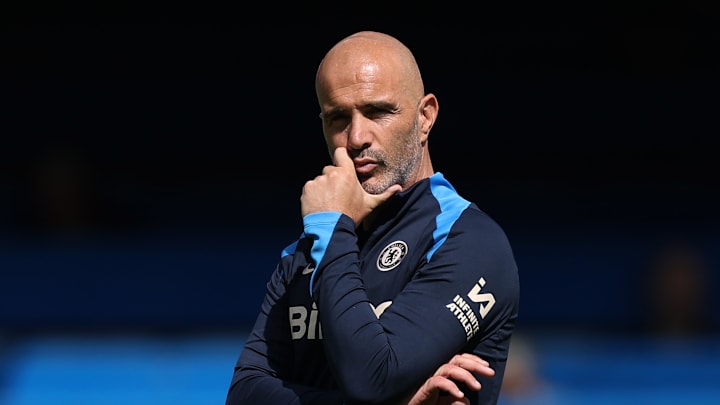Difficulties Against Low Blocks
One of the biggest challenges for teams employing a false 9 system is breaking down a low block. Without a traditional striker who provides a strong presence in the box, it can be difficult to convert chances against tall, physically dominant defenders. While low-driven crosses could be a potential solution, they are not as reliable as having a poacher positioned in front of goal.
Difficulties Against Low Blocks
— Fahd (@fahdahmed987) August 22, 2024
Arguably the biggest hurdle for false 9 teams is facing a low block. Without a ST who provides box presence, it will be difficult for the team IP to convert chances against towering defenders. Although low drilled crosses are a solution, it is not… pic.twitter.com/iiQSx2gcHs
Counter-Pressing Concerns
The false 9 system also presents out-of-possession (OOP) challenges. Due to the system's emphasis on rotation and fluidity, turnovers could leave the team with an exposed defensive structure. While one might argue that players could be in closer proximity to execute a counter-press, there is a higher likelihood of having an unstructured OOP shape in certain situations.
Final Thoughts
We would be keen to see this system deployed in a few games this season where Chelsea has the flexibility to take such a tactical risk. However, whether this happens remains to be seen. This article is more of a thought experiment, exploring an interesting alternative.
In general, it seems unlikely that Maresca will adopt this approach immediately. It is more probable that he will first establish a more structured model with some level of fluidity. This could serve as a potential solution in the future if the Osimhen deal does not go through and if Jackson's form remains inconsistent.
